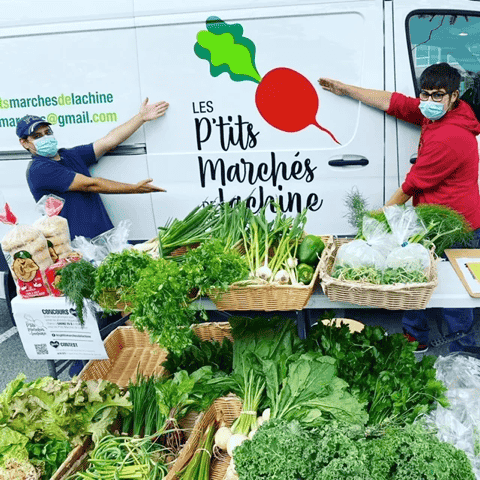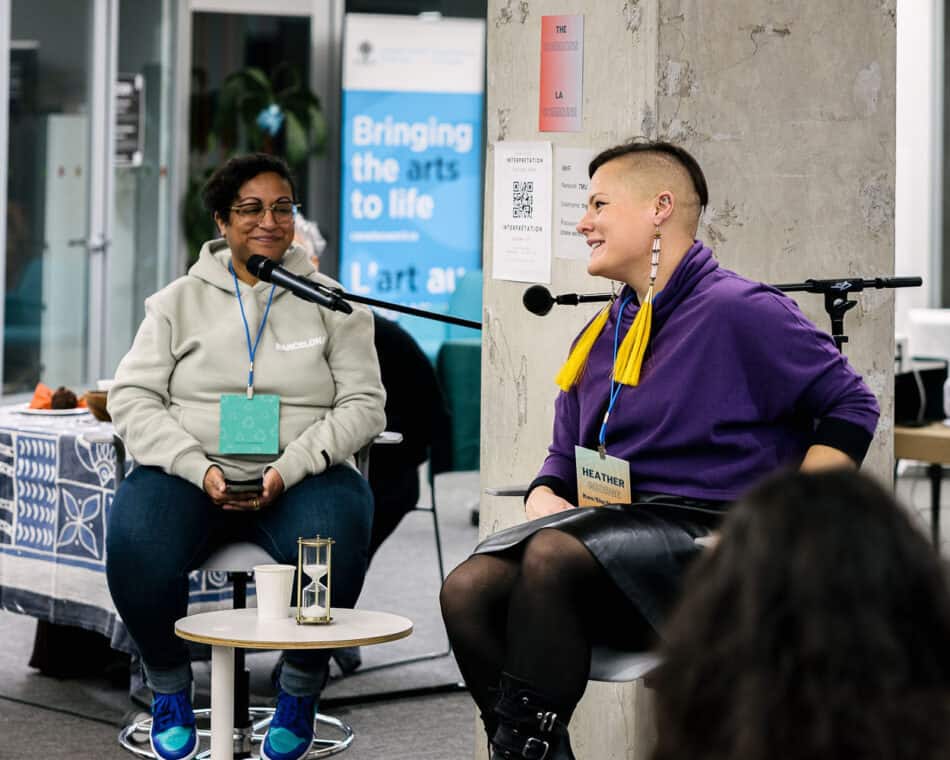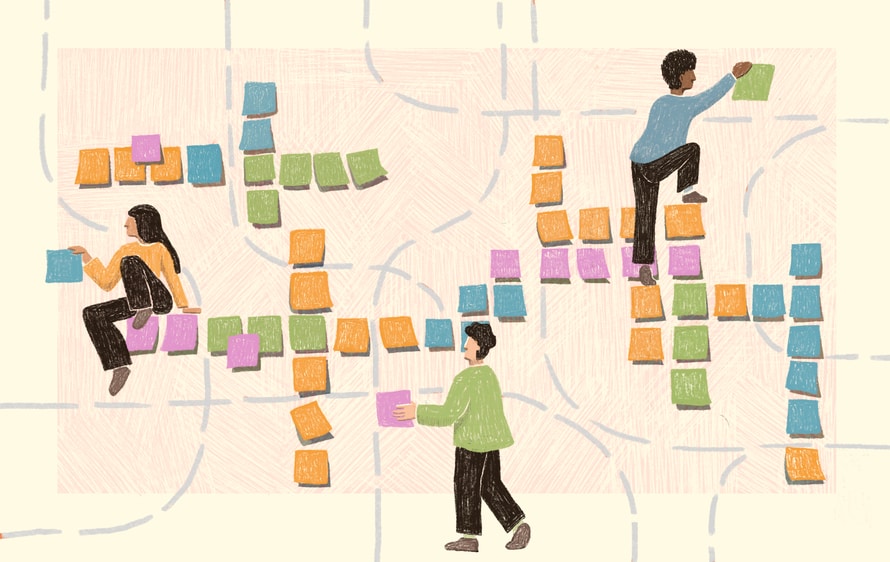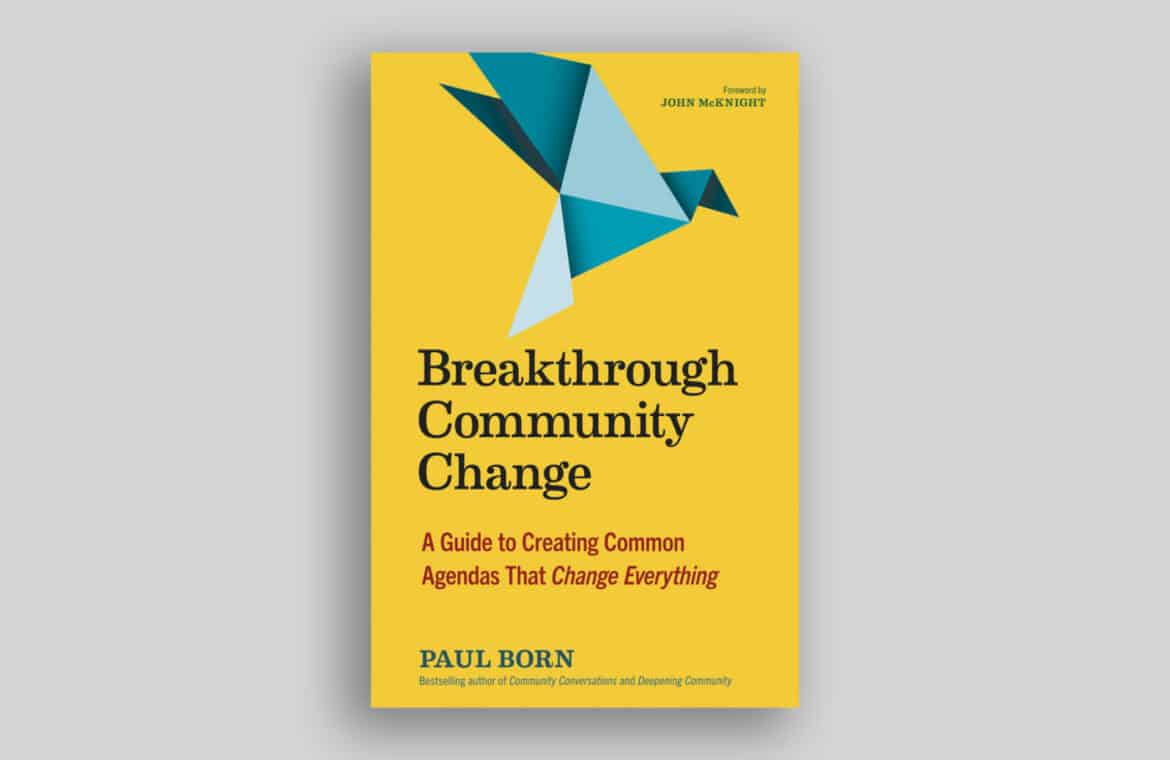The transformative potential of collaboration: Learnings from Montreal’s Collective Impact Project
Ten years ago, nine funders decided to try something new: they created a shared fund with the goal of deeper systemic change in Montreal neighbourhoods. The Collective Impact Project researchers share key lessons from the first phase and guidance for future endeavours.





